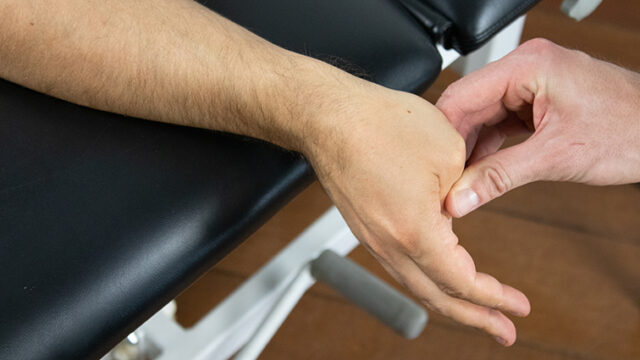Learn
Finkelstein Test | De Quervain’s Tenosynovitis Assessment | Thumb Pain
De Quervain’s tendinitis, also known as gamer’s thumb or blackberry thumb is the inflammation of the synovial sheath that surrounds the tendon of the extensor pollicis brevis and abductor pollicis longus.
Like what you’re learning?
BUY THE FULL PHYSIOTUTORS ASSESSMENT BOOK
- 600+ Pages e-Book
- Interactive Content (Direct Video Demonstration, PubMed articles)
- Statistical Values for all Special Tests from the latest research
- Available in 🇬🇧 🇩🇪 🇫🇷 🇪🇸 🇮🇹 🇵🇹 🇹🇷
- And much more!









